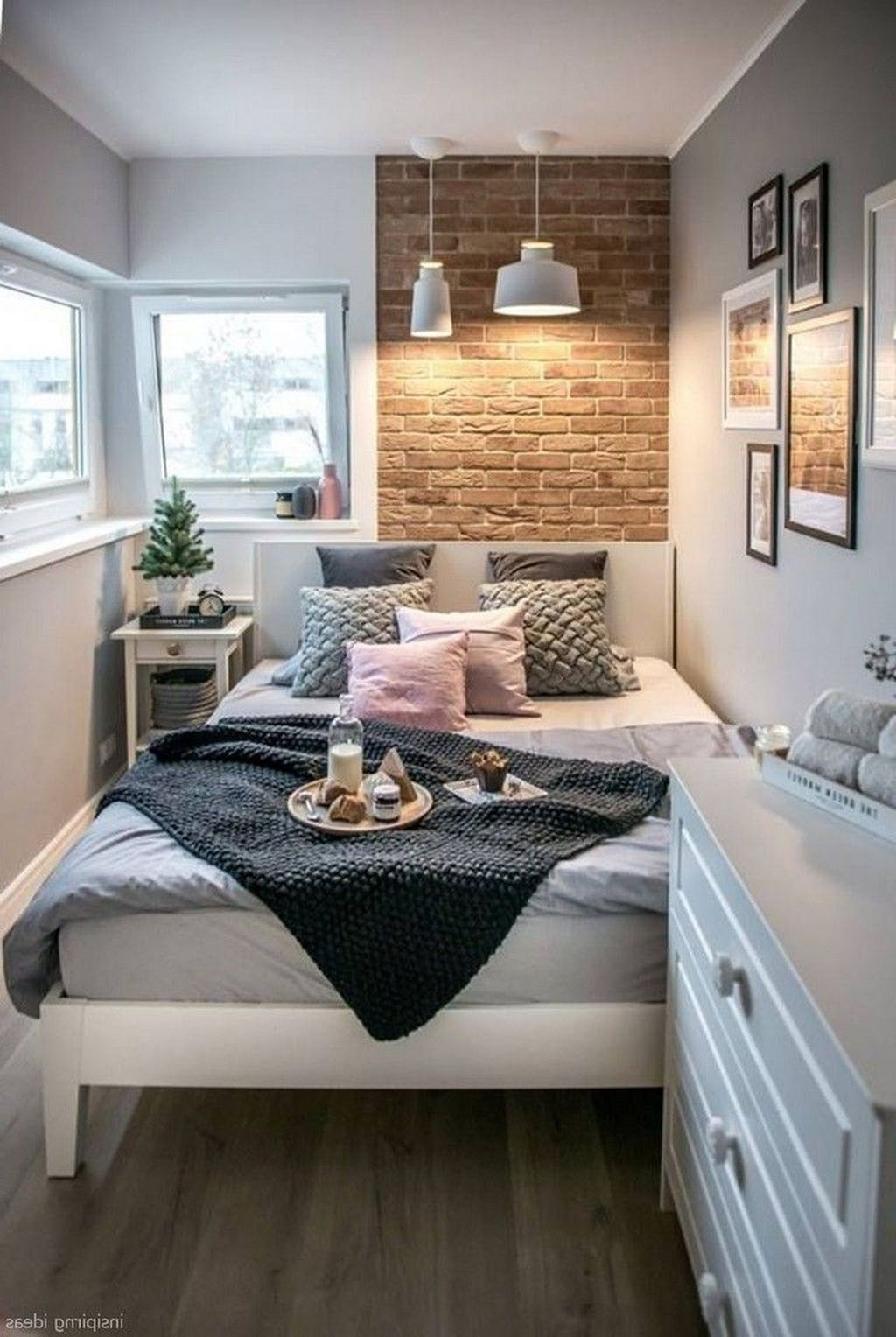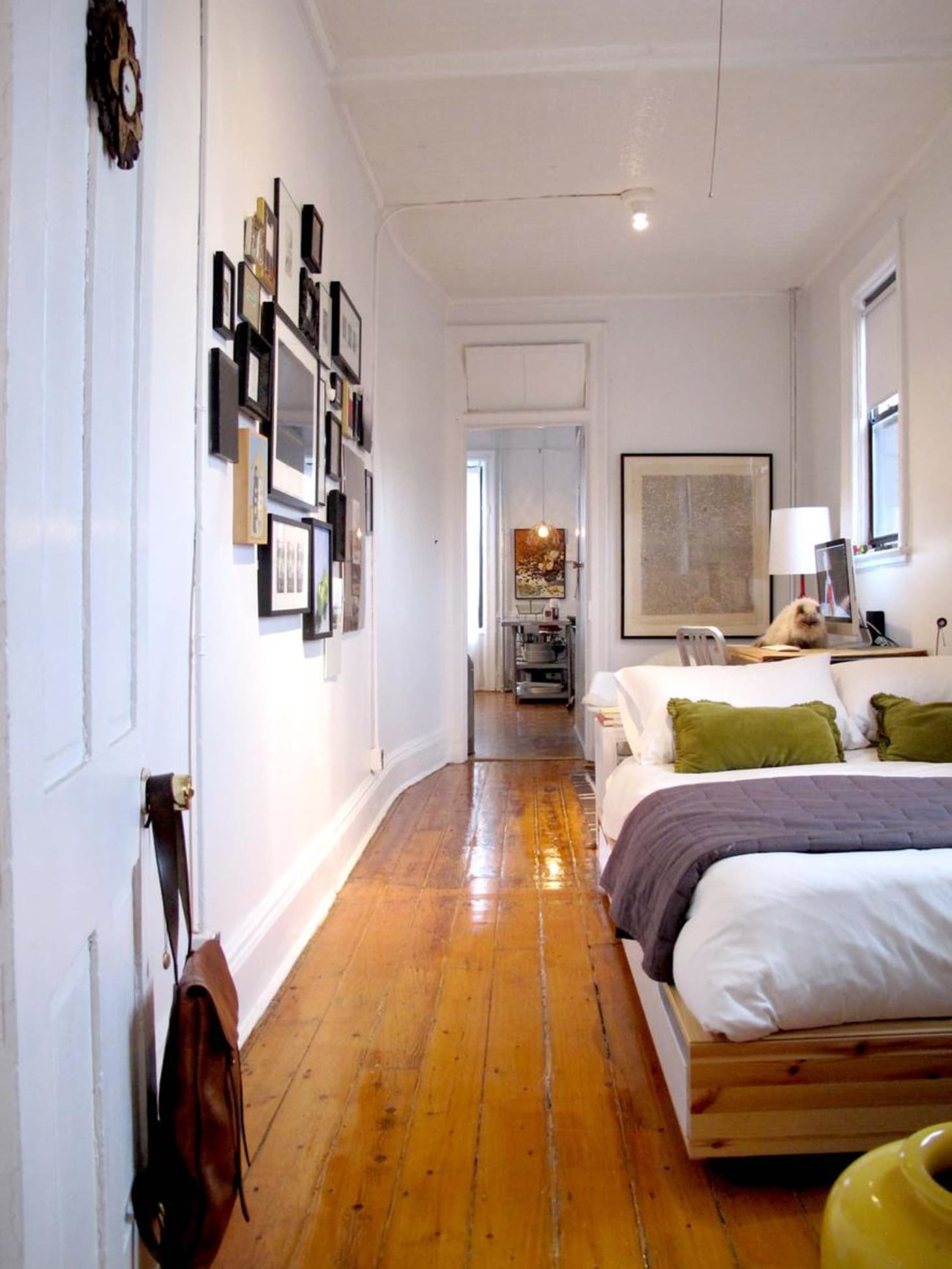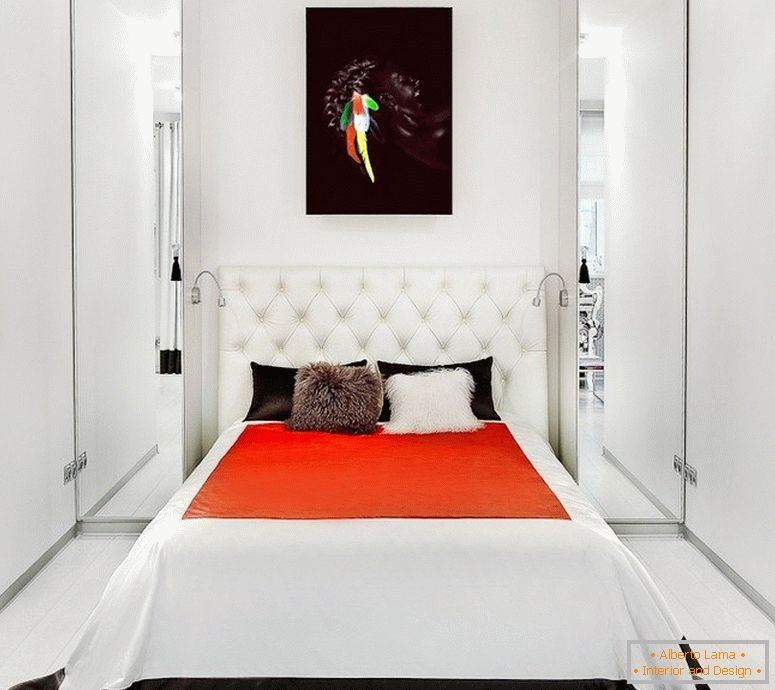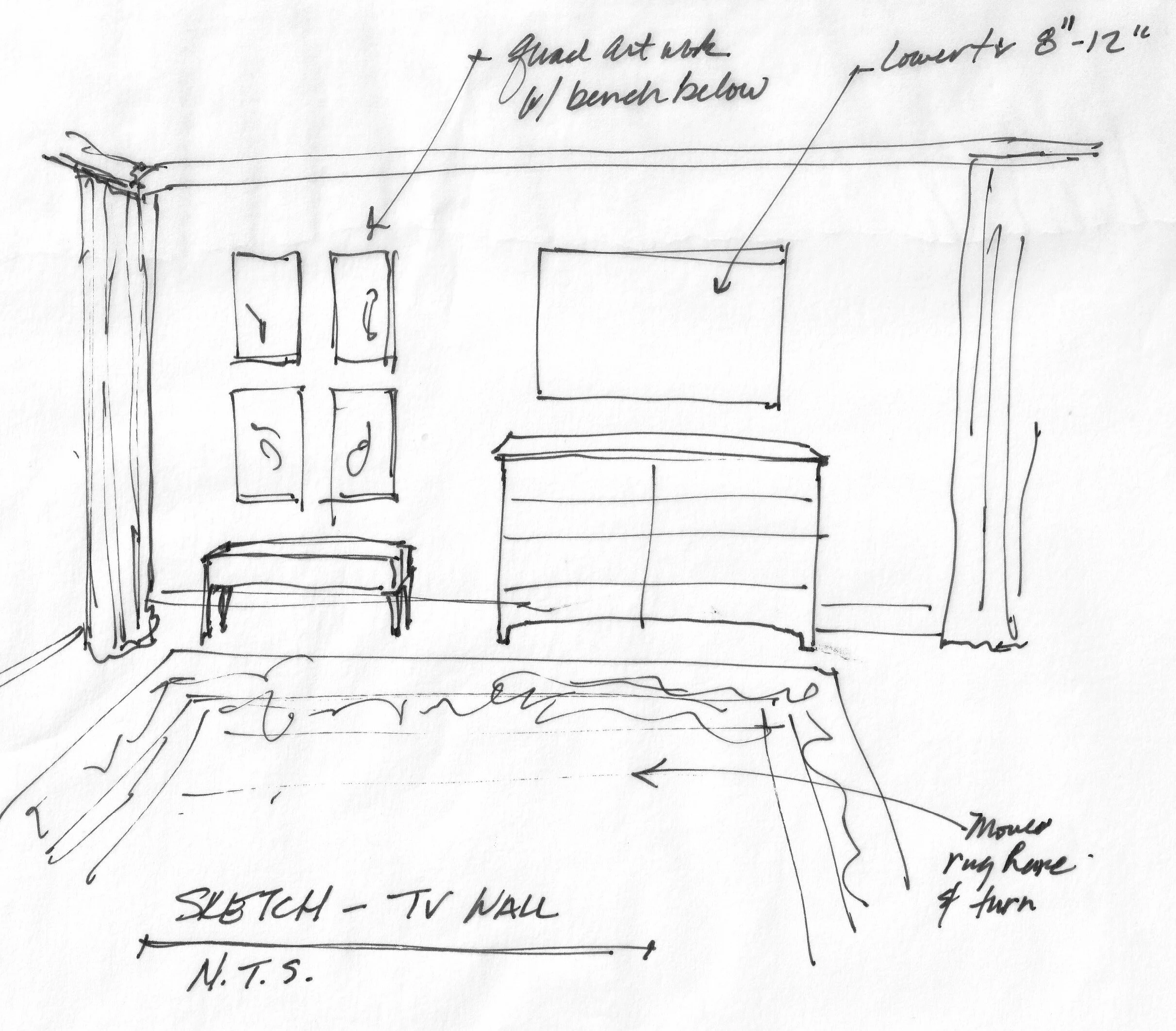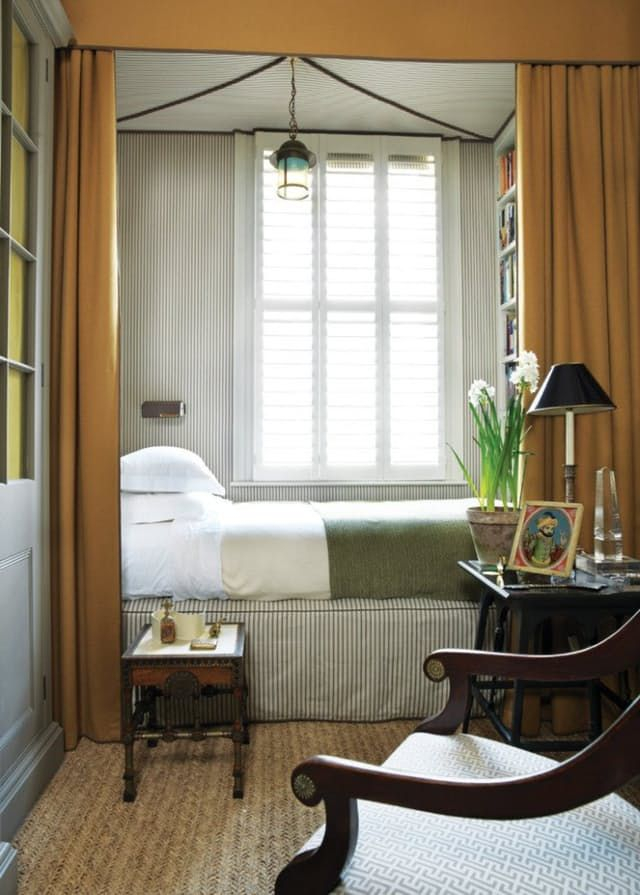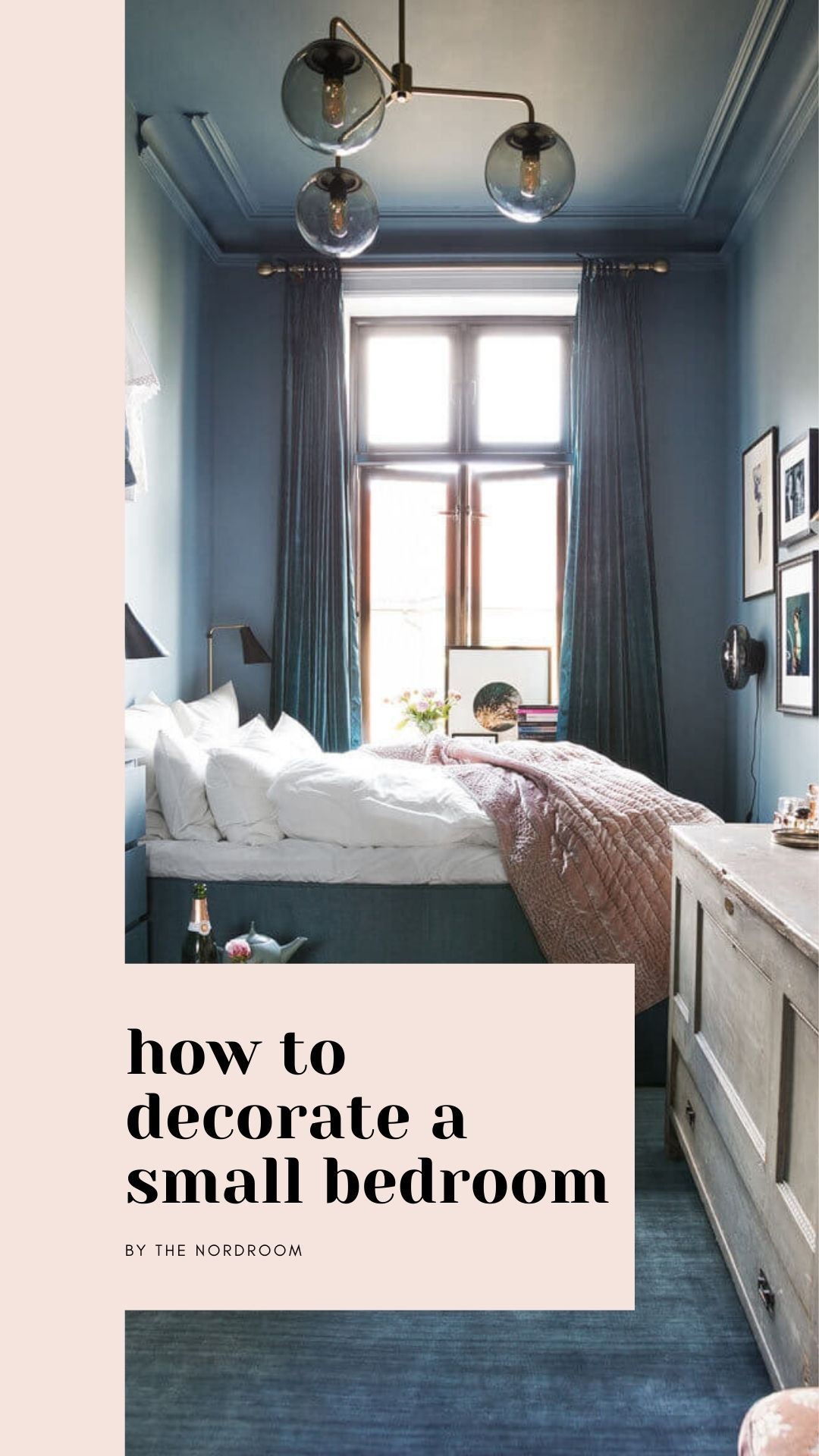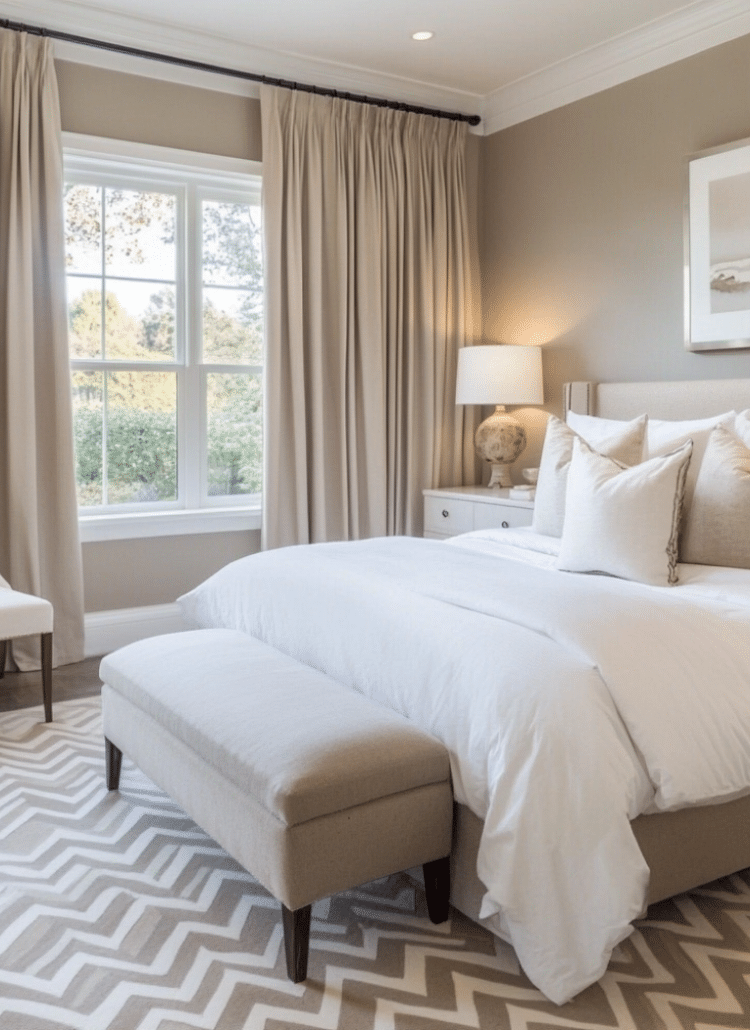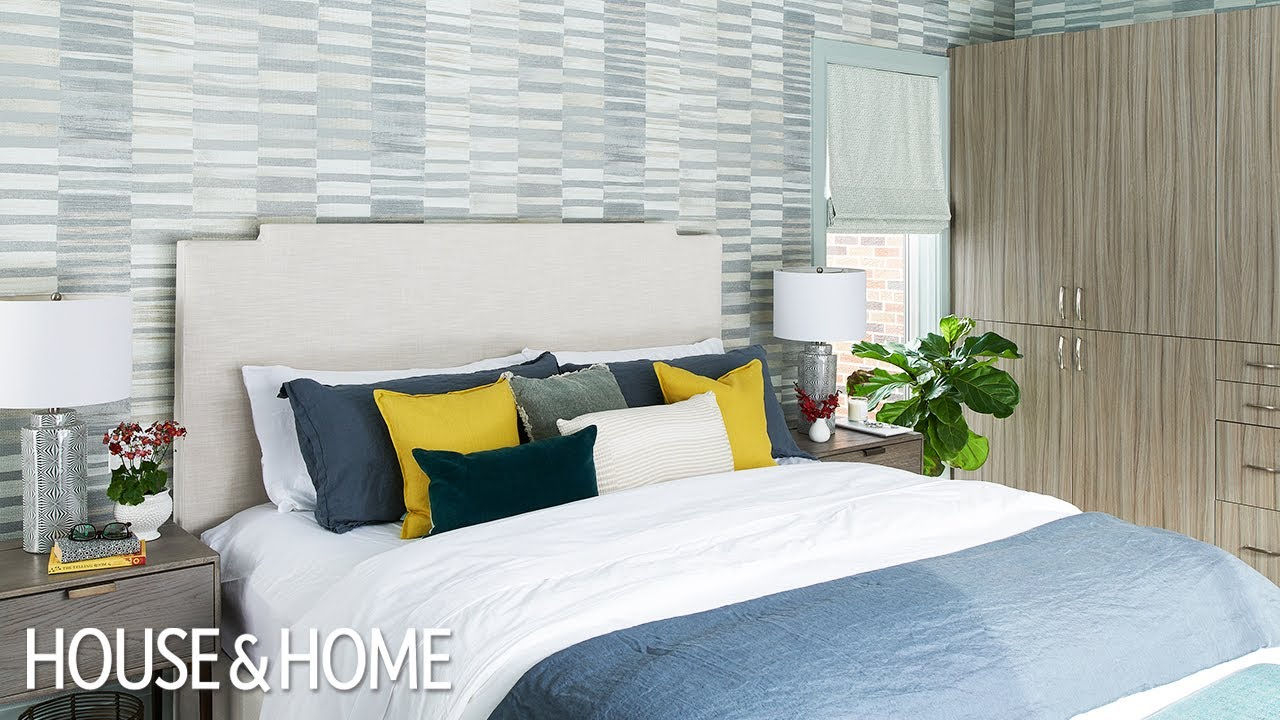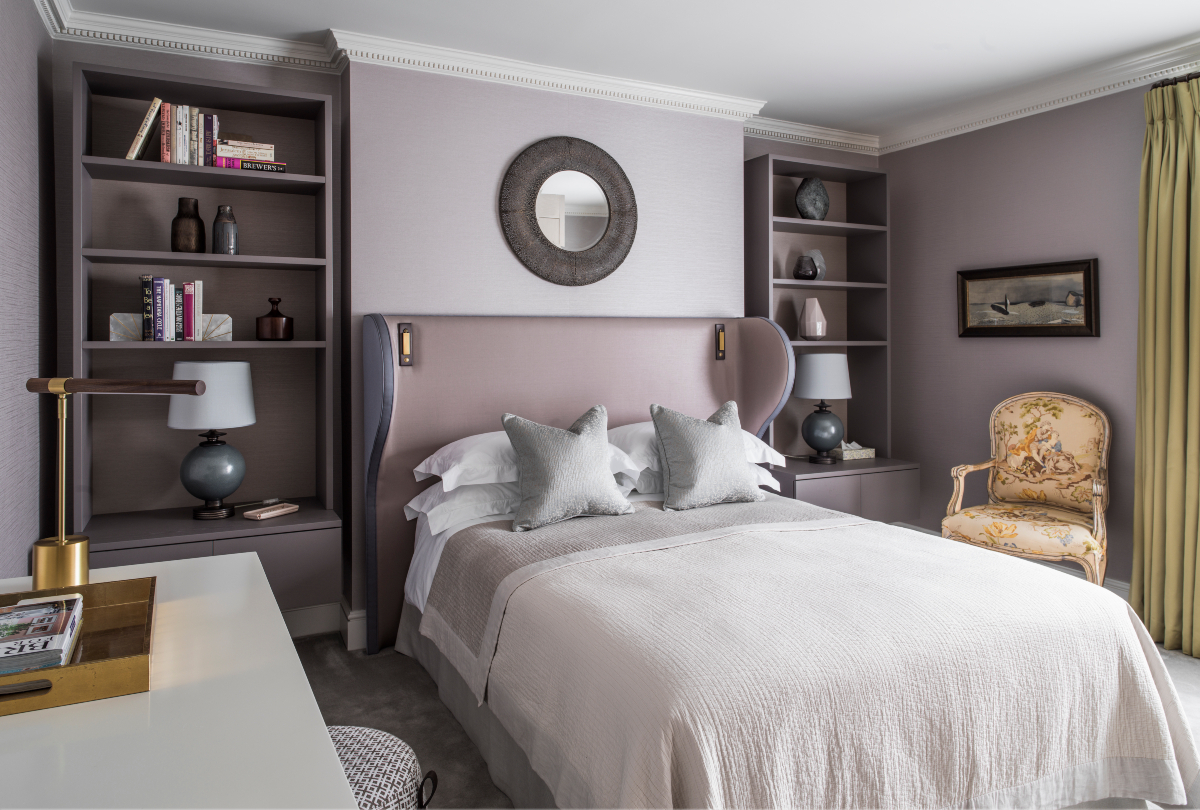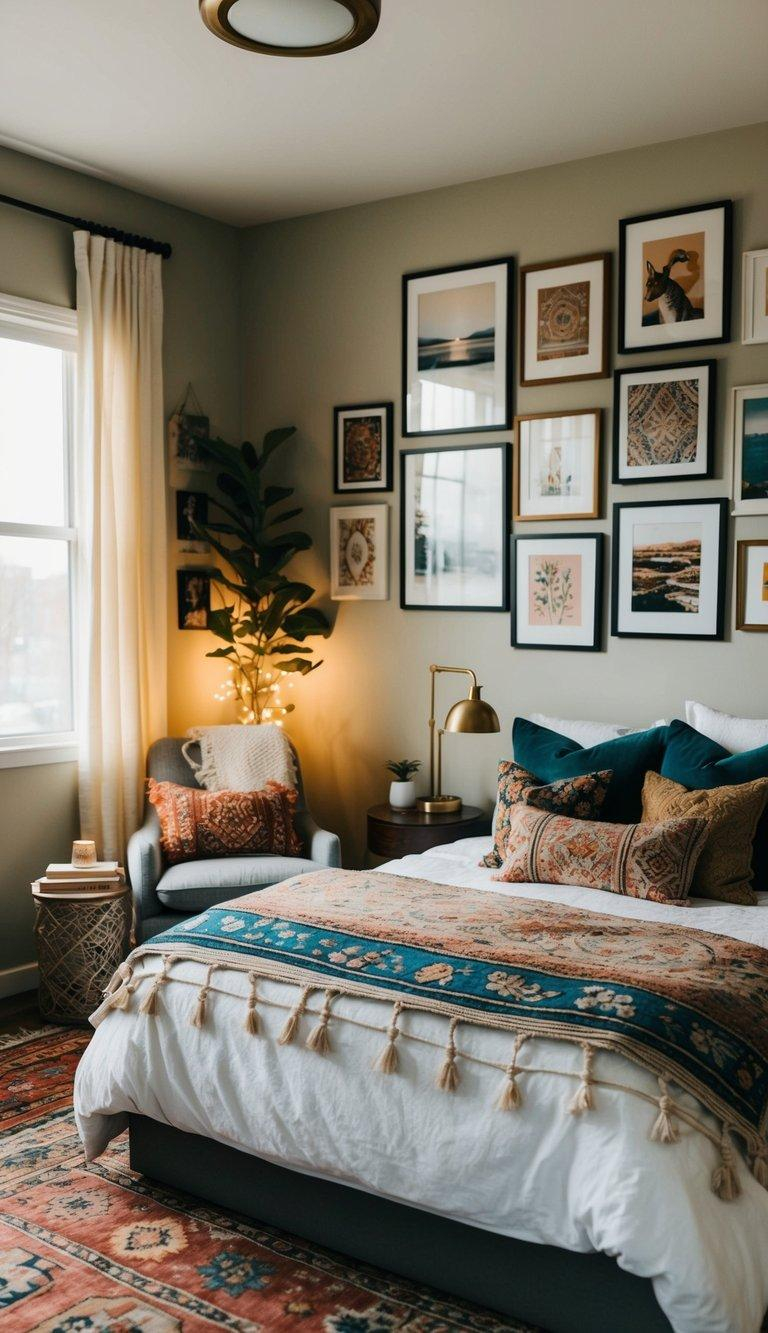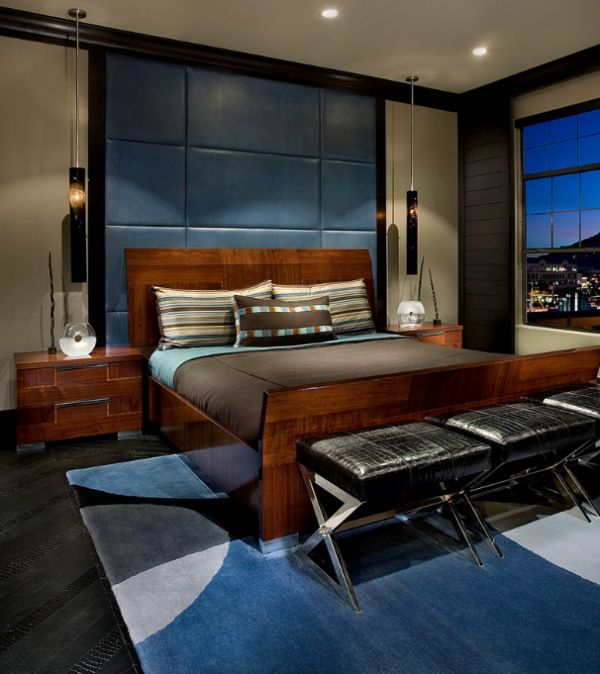Feeling like your narrow bedroom is more of a hallway than a haven? You’re not alone. Many of us contend with bedrooms that are long and slender, presenting a unique challenge when it comes to making them both comfortable and practical. But don’t despair. With the right approach to design and a little bit of ingenuity, even the most restrictive spaces can be transformed into delightful retreats. Let’s explore how to unlock the potential of your narrow room and create a space you truly love to be in.
Living in a narrow bedroom can sometimes feel like a constant battle against the walls. Furniture placement becomes a puzzle, and the sense of spaciousness can feel elusive. Yet, these challenges are precisely where creativity shines. Instead of viewing your bedroom’s dimensions as a limitation, consider them an invitation to think differently about design. This guide is packed with actionable strategies and inspiring ideas to help you make your narrow bedroom a masterpiece of efficient and attractive living. We’ll dive into everything from furniture choices and clever storage to visual tricks that can make your room feel much larger than it is. Get ready to reimagine your personal space.
Strategic Furniture Placement: The Foundation of Function
The biggest hurdle in a narrow bedroom is often fitting everything in without making it feel like a cluttered obstacle course. The key here is smart placement. Think vertically and consider multi-functional pieces. For instance, placing your bed against the longest wall can often create a more balanced feel. Alternatively, positioning it at the foot of the room can draw the eye forward, giving a sense of depth. Avoid placing large furniture pieces on both sides of the room, as this can create a restrictive tunnel effect. Instead, try to keep one side more open.
Consider a low-profile bed frame; it can make the ceiling feel higher. Floating nightstands or wall-mounted shelves are fantastic alternatives to bulky bedside tables, freeing up floor space. If you need a desk, a slim, wall-mounted fold-down desk can be a lifesaver, disappearing when not in use. Even a narrow dresser might be better placed along the shorter wall to avoid encroaching on the main walkway. It’s all about creating clear pathways and defining distinct zones within the room.
The Magic of Vertical Space: Go Up, Not Out
When floor space is at a premium, looking upwards is your best friend. Think about how you can utilize the wall height effectively. Tall, slender bookshelves or wardrobes can offer significant storage without consuming much floor area. Wall-mounted shelves are incredibly versatile; they can house books, decorative items, or even serve as a minimalist bedside table.
Consider a loft bed if your ceiling height allows. This instantly frees up a substantial amount of floor space underneath, which can be used for a desk, a seating area, or even more storage. Even without a loft bed, strategically placed wall hooks for coats or bags can keep clutter off the floor. Don’t forget the space above your bed or windows; floating shelves here can add visual interest and practical storage.
Clever Storage Solutions: Tucking Away the Clutter
Storage is paramount in any small space, but especially in a narrow bedroom. The goal is to keep surfaces clear and essentials organized. Under-bed storage is a classic for a reason. Opt for drawers or storage bins that slide neatly underneath.
Ottomans with hidden storage are also brilliant; they can double as a footrest or extra seating. Built-in wardrobes or custom shelving can maximize every nook and cranny. Even the back of your door can be utilized with over-the-door organizers for shoes, accessories, or toiletries. Think about utilizing the dead space in corners with corner shelving units. The less visible clutter there is, the more expansive your room will feel. It’s about finding smart places to tuck things away so your room feels serene and orderly.
Visual Tricks: Creating an Illusion of Width and Light
Sometimes, the perception of space is just as important as the actual dimensions. Light colors are your allies here. Painting walls in soft, neutral tones like off-white, pale grey, or light blues can make the room feel brighter and more open. Using a consistent color palette throughout the room can also help.
Mirrors are another powerful tool. Placing a large mirror on one of the long walls can reflect light and the opposite wall, visually doubling the perceived width of the room. Consider a floor-to-ceiling mirror or a series of smaller mirrors. Strategic lighting also plays a role. Avoid harsh overhead lighting. Instead, opt for layered lighting with wall sconces, table lamps, and perhaps a floor lamp to create a warm and inviting atmosphere. Uplighting can also draw the eye upwards, making the ceiling seem higher. Ensure you have good natural light, and use sheer curtains that allow light to filter through.
Zoning Your Space: Defining Areas for Living
Even in a narrow room, you can create distinct zones for different activities. This helps the space feel more organized and purposeful. You might designate one end for sleeping, perhaps with a cozy rug defining the bed area. The middle section could be a dressing or vanity area, and the far end might serve as a small workspace or a quiet reading nook.
Use furniture placement, rugs, or even different paint colors or lighting to visually separate these zones. For example, a narrow console table can act as a divider between the sleeping area and a small workspace. A carefully chosen rug can anchor the bed and indicate the start of the sleeping zone. This approach makes the room feel more functional and less like a single, elongated box.
Choosing the Right Bed and Decor
The bed itself is often the largest piece of furniture, so its design and placement are critical. As mentioned, a low-profile bed frame can help. Consider a bed with a built-in headboard that incorporates shelving or lighting to save space. If you opt for a platform bed, ensure it has storage underneath.
When it comes to decor, keep it streamlined. Avoid overly large or busy patterns on rugs or bedding, as they can make the space feel smaller. Opt for lighter, solid colors or subtle textures. Wall art should be chosen carefully; a single, larger piece might be better than a gallery of small frames, which can create visual clutter. Think about the overall aesthetic you want to achieve – whether it’s minimalist, bohemian, or something else – and ensure your choices enhance the feeling of space and tranquility, not detract from it.
Transforming a narrow bedroom from a spatial challenge into a stylish and functional haven is entirely achievable. By prioritizing smart furniture choices, maximizing vertical space, implementing clever storage, and using visual tricks to enhance light and perceived width, you can create a room that feels both comfortable and expansive. Remember, it’s about working with your room’s unique layout, not against it. With a little thoughtful planning and creativity, your narrow bedroom can become your favorite place in the house. So go ahead, experiment with these ideas, and discover the beautiful possibilities within your slender sanctuary.

